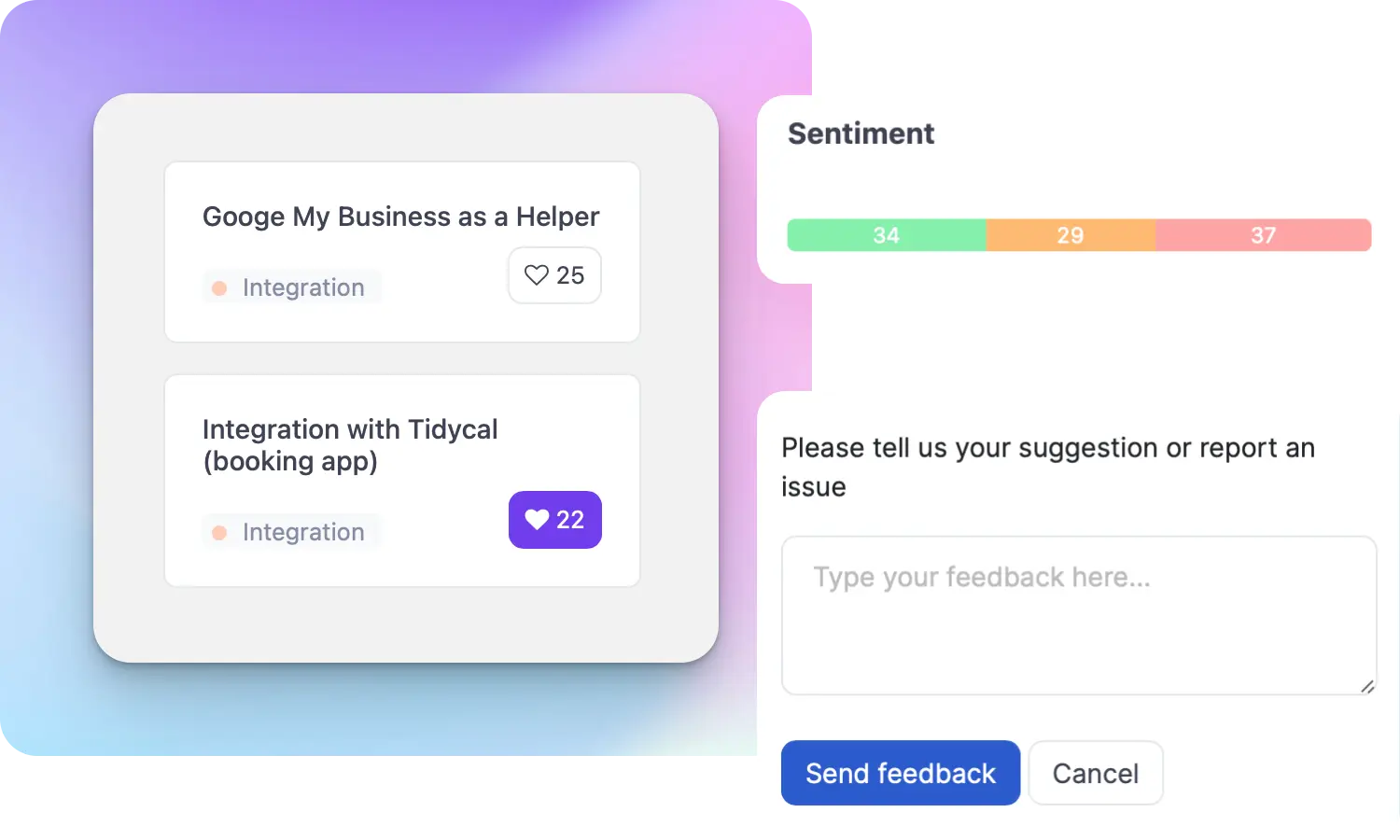What is User Impact?

Ruben Buijs
User Impact refers to the effect or influence that a particular feature, change, or action has on the experience and satisfaction of users interacting with a Saas product. It encompasses the positive or negative consequences that users might encounter as a result of a product decision.
Examples
- Positive User Impact: Adding a new feature that simplifies a complex task for users, resulting in increased productivity and improved user satisfaction.
- Negative User Impact: Implementing a design change that confuses users and leads to a decrease in engagement and frustration.
Importance
Understanding and prioritizing user impact is crucial in Saas product management as it directly affects the success and adoption of the product. By considering the potential user impact of decisions, product managers can make informed choices that align with user needs and preferences. Prioritizing user impact helps in building a user-centric product, enhancing user satisfaction, and driving customer loyalty.
How to Use User Impact
-
User Research: Conduct user research, such as surveys, interviews, or usability tests, to gain insights into user preferences, pain points, and expectations. This helps in understanding the potential impact of a proposed change on users.
-
Define Metrics: Define key metrics that reflect user impact, such as user engagement, satisfaction, retention, or conversion rates. These metrics provide measurable indicators of the impact a product change has on users.
-
Prioritize Impactful Features: Prioritize product features or enhancements based on their potential user impact. Consider the overall benefit to users and the effort required for implementation.
-
Iterative Testing: Implement changes or new features in iterations, allowing for user feedback and monitoring of user impact. This iterative approach enables product managers to make data-driven decisions based on real user experiences.
Useful Tips
-
Empathy: Put yourself in the shoes of the users and think about how a particular change might impact their experience. Consider their goals, challenges, and the value they derive from the product.
-
Data-Driven Decisions: Leverage user data, analytics, and feedback to assess the user impact of different product decisions. Relying on objective data helps in making informed choices rather than relying solely on assumptions.
-
Continuous Improvement: Continuously monitor and evaluate the user impact of product changes. Iterate and refine based on user feedback and evolving user needs to ensure a positive user experience.
Related Terms
- User Experience (UX)
- User-Centric Design
- Feature Prioritization
- Usability Testing
- Customer Satisfaction
- Conversion Rates
- Retention Metrics





